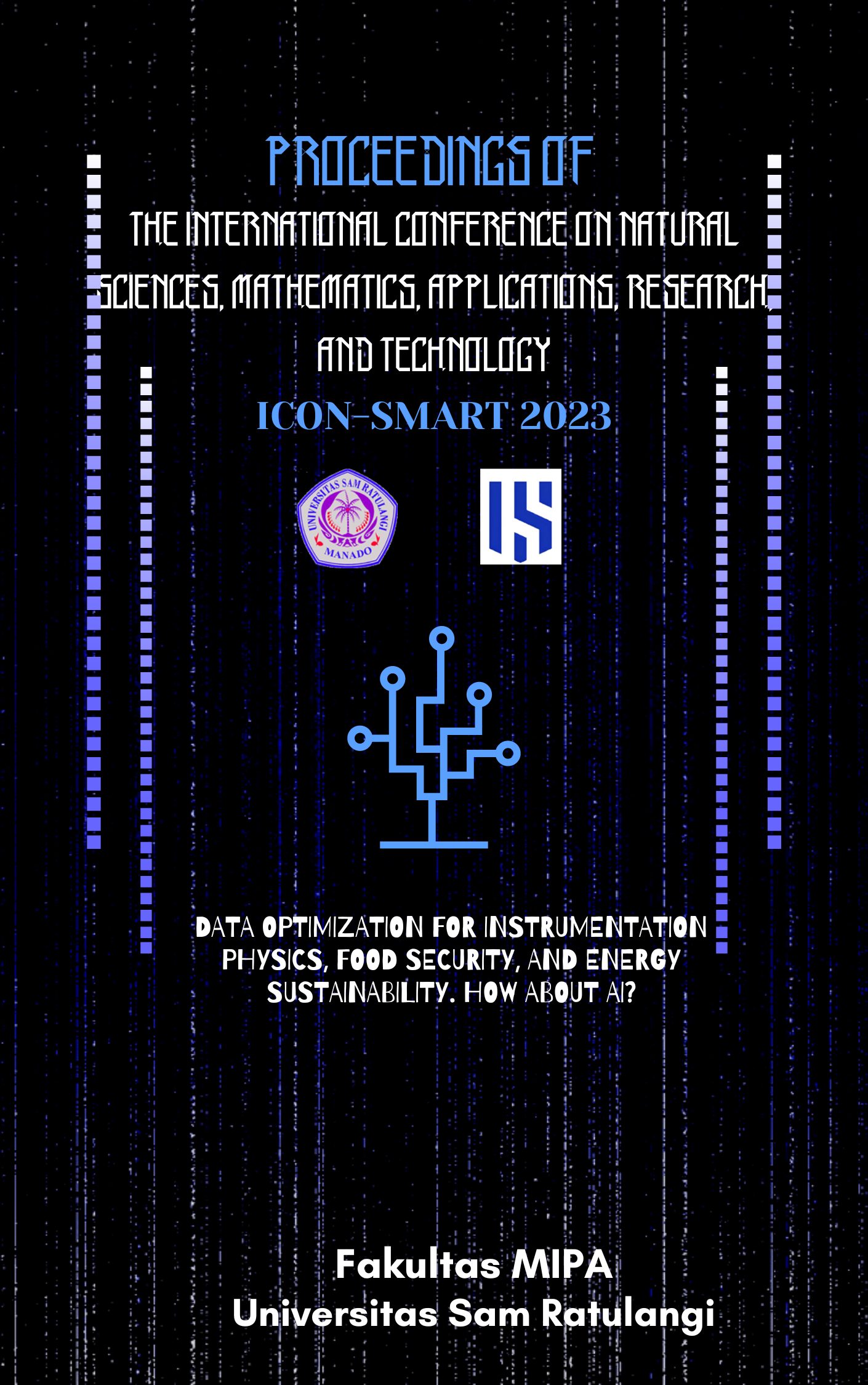In Silico Analysis of Copper Chaperone in Heavy Metal Tolerant Bacteria
Abstract
Transition metal ions, such as copper, iron, molybdenum, and cobalt, are essential in many biological processes. This is because these metals have different levels of oxidation state. Copper chaperone (CopZ) serves not only to manage copper translocation but also as an antioxidant. In this study, we conducted in silico analysis of the CopZ in a various bacteria that are tolerant to heavy metals. This study aimed to analyze the physicochemical properties and predict the structure of this protein. The alignment of the CopZ showed a conserved motif -CXXC- in all amino acid sequences aligned. CopZ of Microbacterium laevaniformans, a type of bacteria that is resistant to metals, nitrate, and low pH conditions, has been selected for structural prediction. Secondary structure analysis showed that CopZ from M. laevaniformans has 35.3% a-helix, 35.3% b-sheet, 16.2% turn, and 13.2% coil. In addition, the instability index was 35.63, which indicated that this protein is stable. The result of this study could be an initial framework to investigate further CopZ as a drug target candidate.

